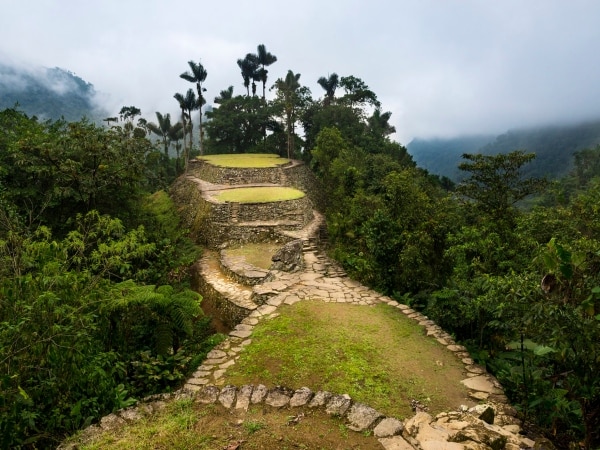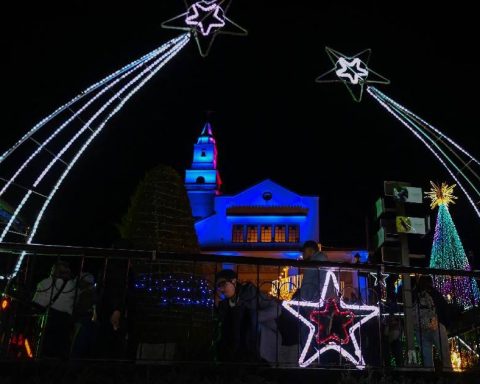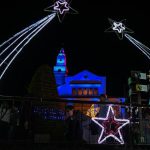From the secrets of the huaqueros to their restoration: the fascinating story of an accidental find that changed archeology in Colombia.
Colombia News.
In the vast expanse of the Sierra Nevada de Santa Marta, hidden for centuries under dense vegetation and only accessible after days of arduous hiking, lies the majestic Lost City, also known as Teyuna.
This archaeological site of the Tairona culture, discovered in 1975, represents one of the greatest pre-Columbian wonders of Colombia and has become a symbol of resistance, architectural complexity and the country’s indigenous identity.
An accidental find and its archaeological value
The story of Ciudad Perdida began with a chance event. In 1975, Julio César Sepúlveda, son of the huaquero Florentino Sepúlveda, shot a bird during a hunting expedition in the Sierra.
Surprised, he discovered a stone staircase ascending a hill, revealing a structure of great antiquity. Thus, with his first looting and rumors of hidden treasures, he began the path that would lead the Colombian Institute of Anthropology and History (ICANH) to undertake one of the most important archaeological investigations in Colombia.
Lost City: how to get to this archaeological wonder from Santa Marta
The 1976 expedition, led by Luisa Fernanda Herrera, Gilberto Cadavid, and a team that included ex-huaquero guides, unearthed terraces, paths and structures that evidenced advanced urban design. However, preserving the city was not an easy task.
The team faced a double challenge: to restore the ruins without damaging the fragile ecology of the environment and to protect them from the continued threats of looters.
The greatness of Teyuna
Ciudad Perdida, or Teyuna, was the epicenter of a highly hierarchical Tairona culture with an advanced understanding of architecture and engineering.
Over more than 200 square kilometers, the site preserves rings of homes, ceremonial plazas, cobblestone paths, drainage systems and canals built more than a thousand years ago.
The restoration effort, carried out between 1976 and 1986, allowed a large part of the site to be rebuilt, which was finally opened to the public in 1981.
More than 200 structures today form a complex system of terraces that intertwine without walled divisions, allowing archaeologists to deduce the existence of an organized and unified community.
The central area, where the administrative and ceremonial buildings stood, served as the social nucleus, while the descending terraces functioned as residential areas.
The sophistication of this architecture reveals not only remarkable technical capacity but a complex worldview that reflected the integration of man and nature.
Cultural importance and latest findings
The arrival of the archaeological community also brought with it an appreciation of the living context of the Tairona culture. The Kogi, ancestral inhabitants of the Sierra Nevada and considered descendants of the Taironas, have collaborated in the understanding of Teyuna, providing a spiritual vision that connects the indigenous legacy with the present.
Santiago Giraldo, current archaeologist at ICANH, has continued investigating the relationship between the urban structure of Teyuna and its social organization, concluding that the different areas of the city fulfilled specific roles within a society that managed to resist the arrival of the Spanish until the European epidemics made their survival impossible.
Archaeological work, interrupted in the 1980s due to violence in the region, was resumed in 2006. Today, Ciudad Perdida is a protected site and declared a World Heritage Site, a tangible reminder of Tairona splendor and a milestone in identity culture of Colombia.
This archaeological jewel continues to be a place of study and contemplation, where visitors can feel the essence of a culture that, although apparently extinct, continues to live through its descendants.
Con información de National Geographic.















